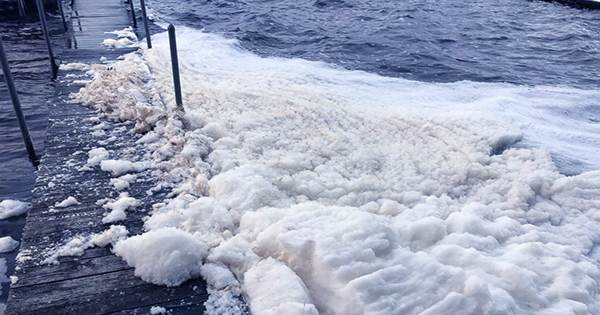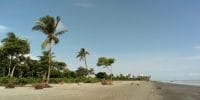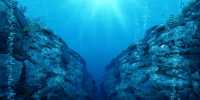Household products and food packaging have come a long way in the modern era but for all their protective qualities these tough things can cost us health and the environment. Per- and polyfluoroalkyl substance (PFAS) is a man-made chemical found in such items that raises eyebrows about their potential toxicity in both humans and wildlife.
Their perseverance means they can travel long distances without breaking down and are found in air, soil, and drinking water. Now, a new study published in the Journal of Environmental Science and Technology has studied 29 PFAS transports in and out of the Arctic Ocean and found evidence of a “safe” replacement compound reaching the region for the first time.
Previous studies have indicated that the two PFAS used in household products, particularly PFOA and PFOS, can cause significant health problems. Experiments on lab animals have revealed that they can trigger cancer and compromise immune responses so that the two compounds can be phased out of use in industry.
Nonetheless, analyzes reveal that these compounds live in the environment, not surprisingly when you consider that PFOAT was originally created for hardness in tanks that were eventually created before it was made in our kitchen in the form of non-stick Teflon. To combat these hereditary compounds, a “safe” replacement known as HFPO-DA (sold under the trade name GenX) was created but as its release concerns grew that this replacement could be as harmful as its predecessors.
The study authors wanted to get a better chance of spreading this man-made environmental pollutant and decided to replace it with long-lasting, legacy ocean transport, and PFAS in the Arctic Ocean. They collected water samples for analysis using mass spectrometry to detect PFAS by boarding an icebreaker research ship focused on the expansion of water between Svalbard and Greenland, known as Frame Strait.
Their results revealed that 11 PFAS, including PFOA, HFPO-DA, and other long and short-chain PFAS, were present in Arctic Ocean waters. HTMLFPO-DAK has for the first time discovered “safe” replacement findings and revealed that its long inheritance from the apple tree did not fall far away from the tree compared to PFAS pre-males.
The authors of the study conclude that their findings correspond to a worrying body of evidence that HFPO-DA is similar to closed PFAS with long-range transport capabilities, achieving a classification of “a compound of global environmental concern”. They further said that the discovery of ether-based compounds in marine mammals in eastern Greenland has led to evidence that PFAS is gaining access to the Arctic food web.
















